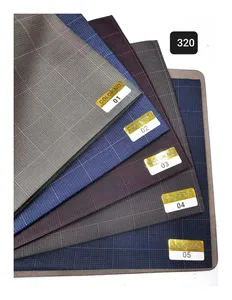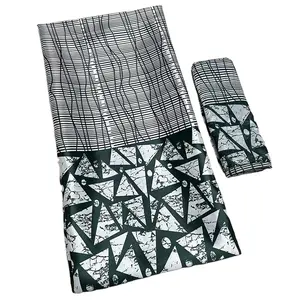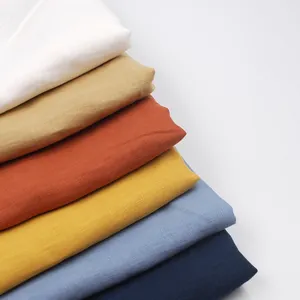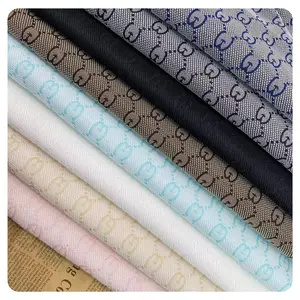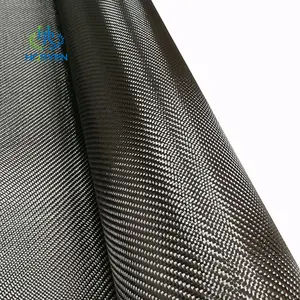Popular in your industry
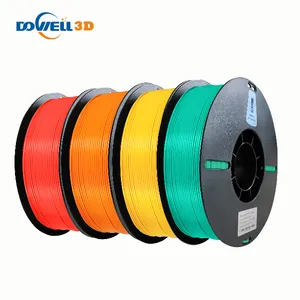
























































































































































































































Top categories
About pla staple fiber
Understanding PLA Staple Fiber
PLA staple fiber, a biodegradable material derived from renewable resources, is gaining traction in the textile industry. This fiber, primarily composed of polylactic acid, presents an eco-friendly alternative to synthetic fibers. Its versatility is evident in its application across various sectors, from apparel to home furnishings.
Types and Applications of PLA Fiber
The diversity of PLA fiber types caters to a broad range of applications. It is commonly used as a filling material in the production of hypoallergenic and comfortable bedding. Additionally, its utility in spinning processes makes it a preferred choice for manufacturing environmentally conscious clothing.
Features and Material Properties
PLA staple fiber is distinguished by its unique features, including its sustainable nature and resistance to flames and chemicals. These fibers are available in various forms, such as raw fibers, which are unprocessed, and natural fibers like sisal and coir, which are extracted from plants.
Advantages of Using PLA Staple Fiber
The use of PLA staple fiber offers several advantages. Its biodegradability contributes to a reduced environmental footprint, while its inherent flame retardant properties enhance safety in textiles. Moreover, the fiber's chemical resistance ensures durability and longevity in the final products.
Color Variations and Aesthetics
PLA staple fiber is available in a spectrum of colors, including white, raw white, and yellow, providing manufacturers with flexibility in design and product aesthetics. This variety allows for the creation of textiles that meet specific color requirements without compromising on environmental values.
Choosing the Right PLA Staple Fiber
Selecting the appropriate PLA staple fiber is crucial for manufacturers aiming to produce sustainable and durable textiles. Factors such as fiber length, denier, and luster should be considered to ensure the fiber aligns with the intended application and performance expectations.
